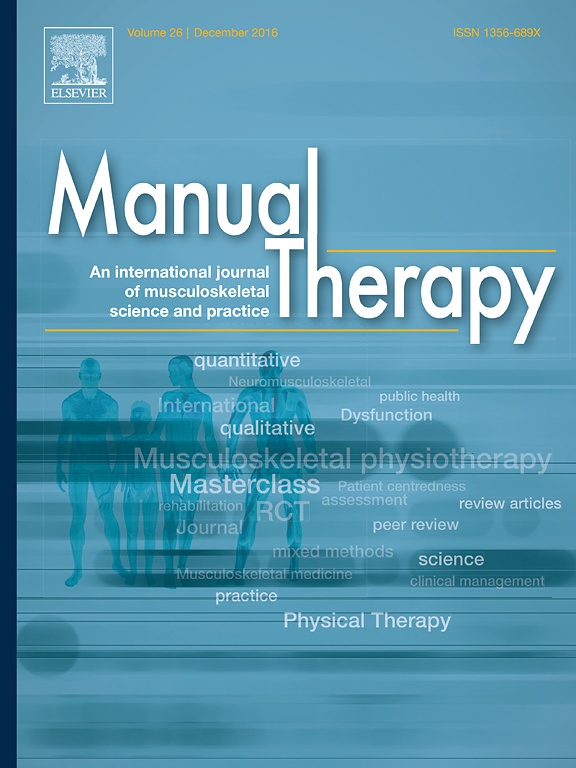
Exercise therapy in subacromial impingement & soft tissue injuries of the shoulder

Exercise therapy in subacromial impingement & soft tissue injuries of the shoulder
Is exercise effective for the management of subacromial impingement syndrome and other soft tissue injuries of the shoulder? A systematic review by the Ontario Protocol for Traffic Injury Management (OPTIMa) Collaboration
Man Ther. 2015 Oct;20(5):646-56.Synopsis
5 randomized control trials comparing strengthening and stretching exercise therapy to other interventions, placebo or no treatment in patients suffering from subacromial impingement syndrome or other soft tissue injuries of the shoulder were included in this systematic review. The purpose was to qualitatively analyze the available data to determine if exercise targeting muscles in the shoulder pr...
To view the full content, login to your account,
or start your 30-day FREE Trial today.
FREE TRIAL
LOGIN
Forgot Password?
Explore some of our unlocked ACE Reports below!

Learn about our AI Driven
High Impact Search Feature
Our AI driven High Impact metric calculates the impact an article will have by considering both the publishing journal and the content of the article itself. Built using the latest advances in natural language processing, OE High Impact predicts an article’s future number of citations better than impact factor alone.
Continue



 LOGIN
LOGIN

Join the Conversation
Please Login or Join to leave comments.